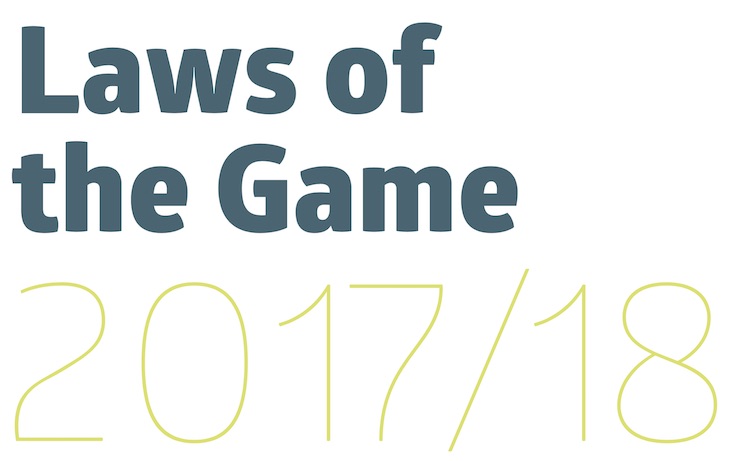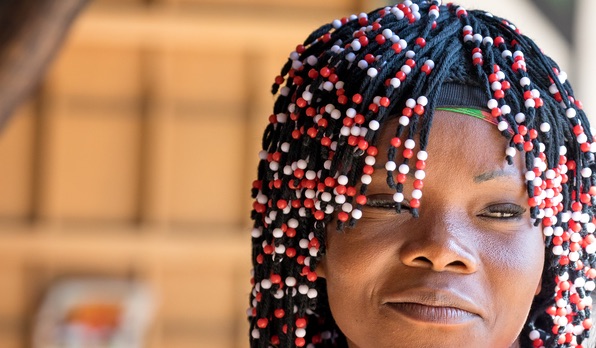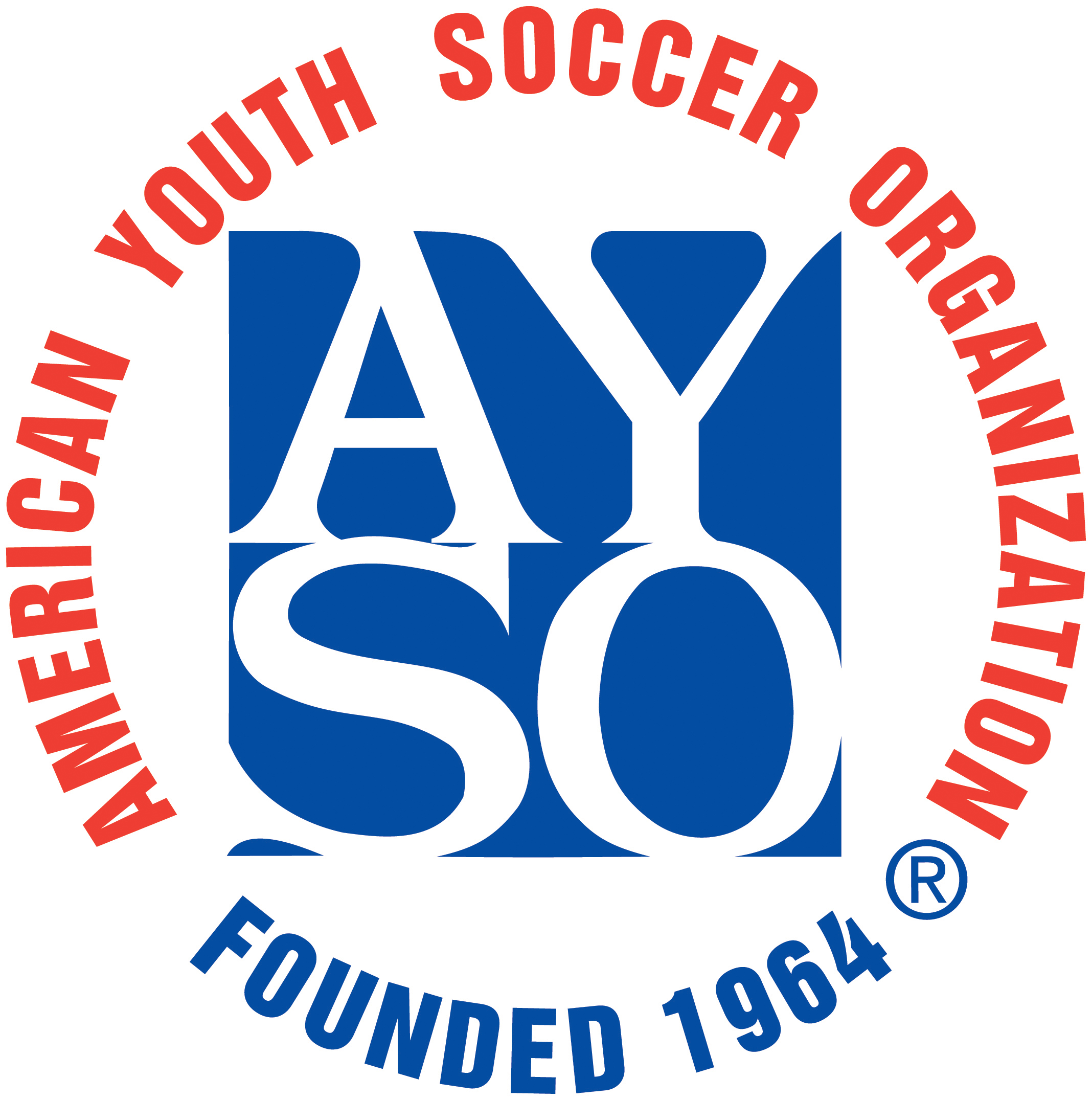Youth Soccer Info: Is Body Jewelry OK? And, What Are The “Laws of The Game?”
Cornrowed Ponytails with embedded ornaments — Are hair ornaments body jewelry? Are earrings ok if they are studs but not if they are hoops? How about belly button rings or tongue rings? The answer: No body jewelry of any kind is not allowed on the soccer pitch. Nor, for that matter, in any other contact sport, such as basketball, football, volleyball, etc. But why?
It is finally soccer season and kids are running around on soccer fields all across America. As parents eagerly sit on the sideline to cheer, basic questions on a player’s safety can come up.
Now, comes the age-old question—is body jewelry allowed to be worn on the field?
Cleats and balls have certainly changed dramatically in the past few decades, and so have our attitudes about body jewelry — off the field — but what do the Laws of the Game say? Have they kept up with modern times?
FIFA’s Laws of the Game are authorized on an annual basis by the International Football Association Board (IFAB) and are always under review — and their guiding principle is player safety and the integrity of the game.
The Rules of the Game are still appropriate, and yes, they are modified to stay current. These rules of soccer, known as the “Laws,” are followed internationally by soccer associations around the world.
These laws are one of the really cool things about soccer — that the “Laws” are the same all over the world.
There are 17 Laws followed internationally and the one we are talking about is Law 4.
 Law 4 describes what can and cannot be worn by a soccer player. The law is called “The Players’ Equipment” and it states that body jewelry is not allowed.
Law 4 describes what can and cannot be worn by a soccer player. The law is called “The Players’ Equipment” and it states that body jewelry is not allowed.
And, just in case you were wondering, — using tape to cover jewelry is not permitted.
The first thing written for The Players’ Equipment – Law 4 is
1. Safety
All items of jewelry are forbidden and must be removed.
The players must be inspected before the start of the match and substitutes before they enter the field of play.
Just so you know, referees also are forbidden from wearing any jewelry except for a watch or similar timing device used in the match.
The Bottom Line – The RULE is no body jewelry of any kind is not allowed on the soccer pitch.
Disciplinary Sanctions are possible:
A player who refuses to comply or wears the item again must be cautioned.
This could seriously impact the game.
If play is stopped to caution a player, an indirect free kick can be awarded to the opposing team from the position of the ball when play was stopped.
Here are the details — as parents and players can be confused:
Long or short, hair ornaments are not permitted by the Laws of the Game.
Body jewelry includes earrings, rings, belly rings, bracelets, watches, and necklaces; it also includes hair pieces, such as barrettes, bobby pins, hair beads and the like.
If it can come off, it should come off.
Think the basic logic behind the rule of Law 4 – The Players’ Equipment:
Essentially, anything hard and with the potential of harming the player or others on the field is not allowed due to safety precautions.
For instance, if a player wearing earrings were to be hit with a ball in the ear during a game, then that player could potentially have the earrings torn out.
Think Smart – Think Saftety
Barrettes, bobby pins or hair beads could all potentially break if hit by the ball of another player.
All in all, excluding body jewelry on the playing field comes down purely and strictly for the safety of the players on the field.
No one wants to see their child or a kids’ teammate sidelined because of hair beads.
Working together, we can make this a great soccer season and a safe one for everyone.It is just smart and important to be in compliance with the FIFA’s Laws of the Game.

Why would you want to let a player wear anything that is dangerous to him or herself or another player?Afterall, this is the beautiful game — and, we want to keep it this way!
This article was written in part with AYSO — the American Youth Soccer Organization is committed to player safety and to making sure every player has the opportunity to play.
AYSO is the oldest national youth soccer program in the United States and was established with only nine teams by a handful of soccer enthusiasts back in 1964 out of a garage in Torrance, Calif.







